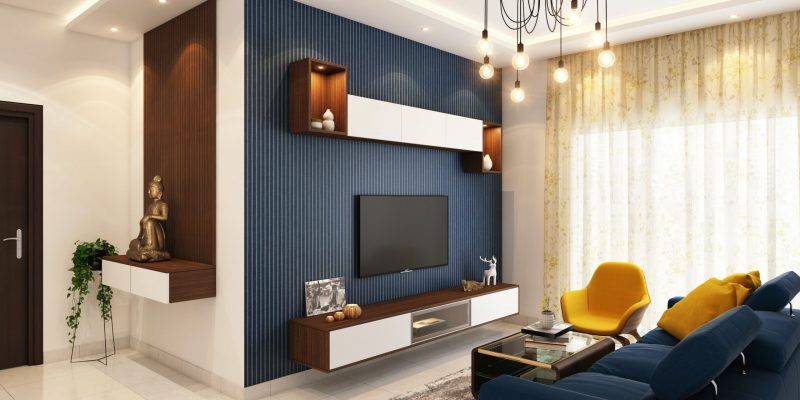5 Key Takeaways on the Road to Dominating Communities
 Wood Preservation Methods
Wood Preservation Methods
The study of wood as a renewable material and organic material is what is known as wood science. The processes and the tools used to utilize the material is what is known as wood technology. Other products are put alongside wood for easy testing and study. The wood is checked against the other materials properties, performances, value, and work-ability. Wood has many advantages and this technology takes the advantages and utilizes them. The wide range of products where wood can be used is just one of the many advantages that give wood an upper hand over other products. Once a tree has been cut down another can be planted in the same spot. The other merit is that a part of the harvested material is at the same time used as energy to produce the product.
For your wooden products and house to stay for long and have a good appearance it needs to be protected. This protection is from moisture and insects which are the biggest threat to wood. The water particles in the timber increase the rotting and the insects bore through the wood. Alkaline copper Quaternary or the ACQ has turned out to be a very effective way wood preservation. The protection of from this chemical is based on copper. There are a few disadvantages of this method as a mode of wood preservation. The chemical is highly corrosive to most metals, the chemical corrodes away galvanized fasteners and therefore only stainless steel is used. The saturation level of any treatment will depend on where the wood is going to be used and the species of the wood. The level of chemical concentration will be determined by where the piece of wood is going to be put to use.
Another wood treating method that is fast being accepted is the use of copper metal. This method, unlike the ACQ, is friendly to the metal fasteners and its gaining popularity very fast. An alternative name to be given to this method is the micronized copper wood preservative method. A high-pressure liquid that has the copper metal mixed in it is driven into the wood. The difference between this method and the other copper-based methods is that the copper is used as a metal rather than a dissolved material. When this process is used to treat timber the timber properties are increased highly. The wood products protected using this method last longer.
Termites and fungal decay are just a few among the many problems wood treated from this method are protected against. Unlike other methods of treatment this method is not corrosive. Extensive research over a period of 10 years has proven the effectiveness of this science as one of the best wood preservation methods.








